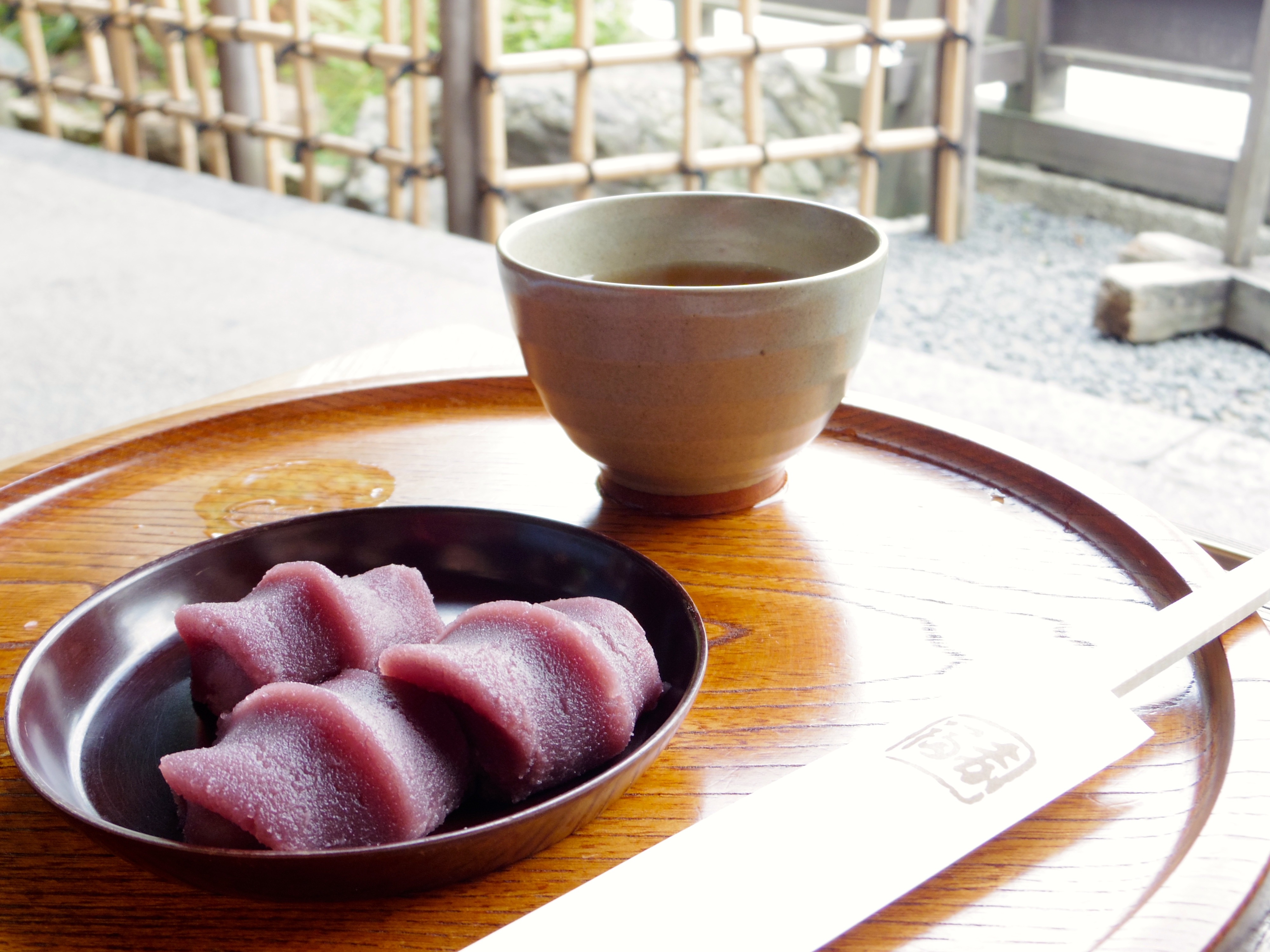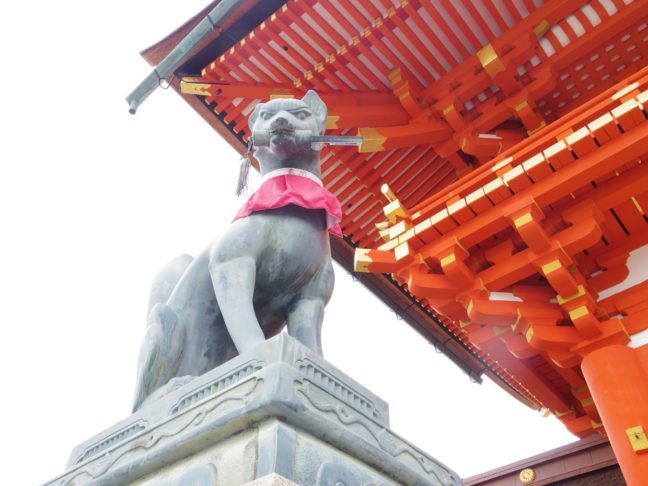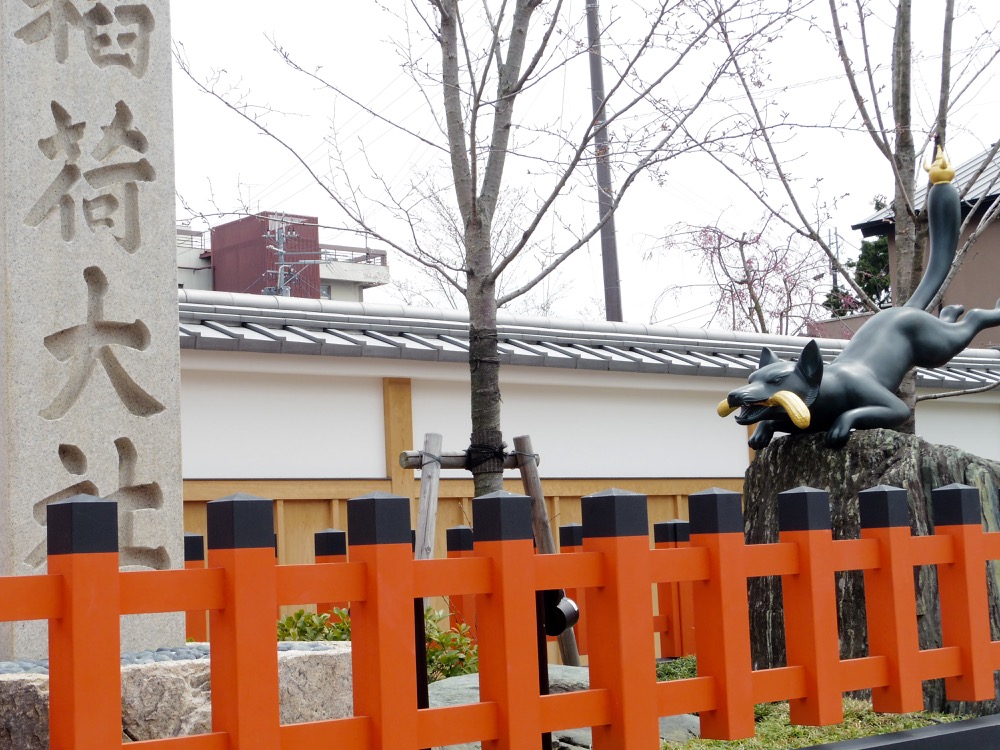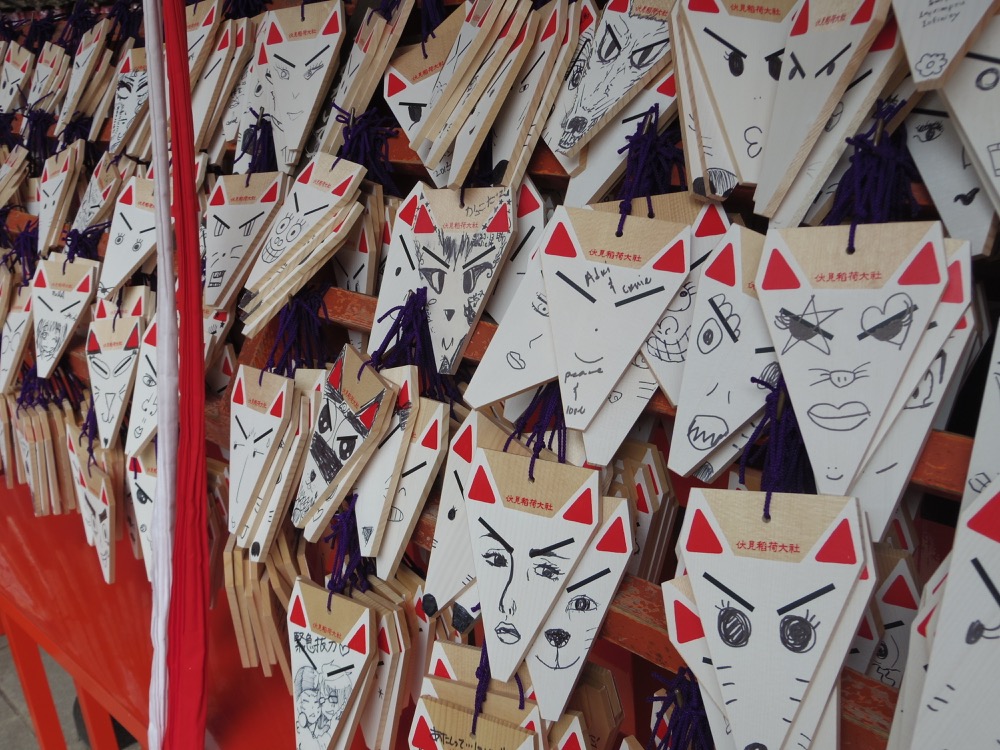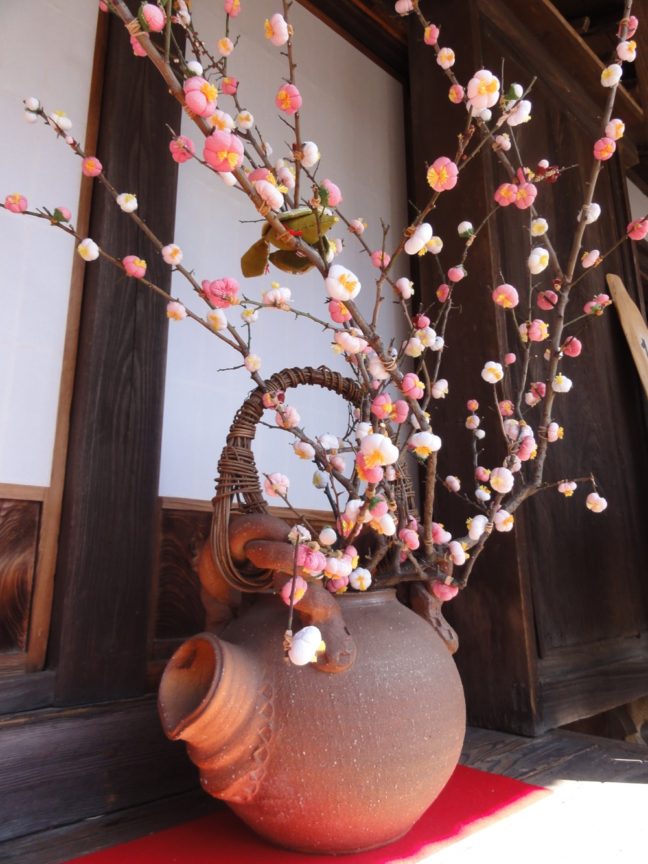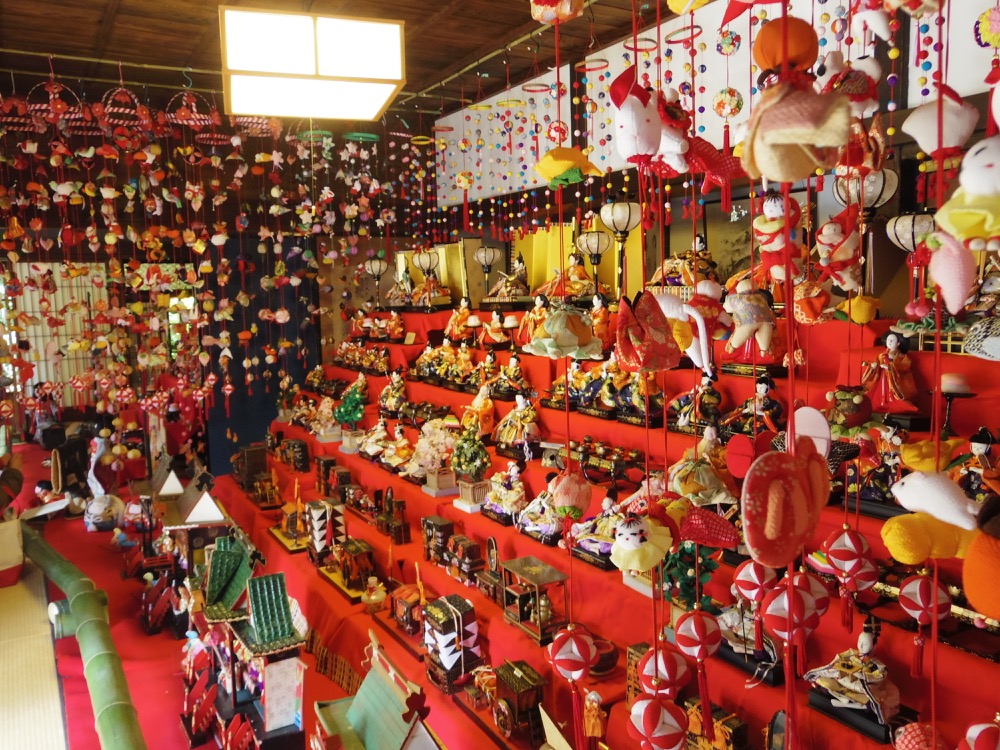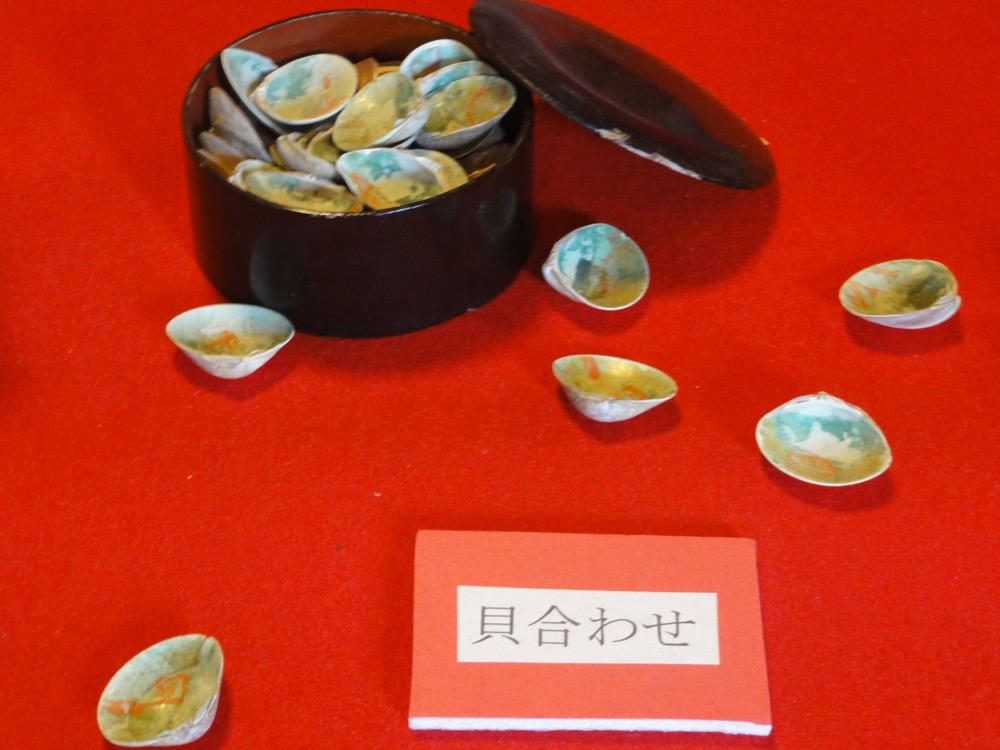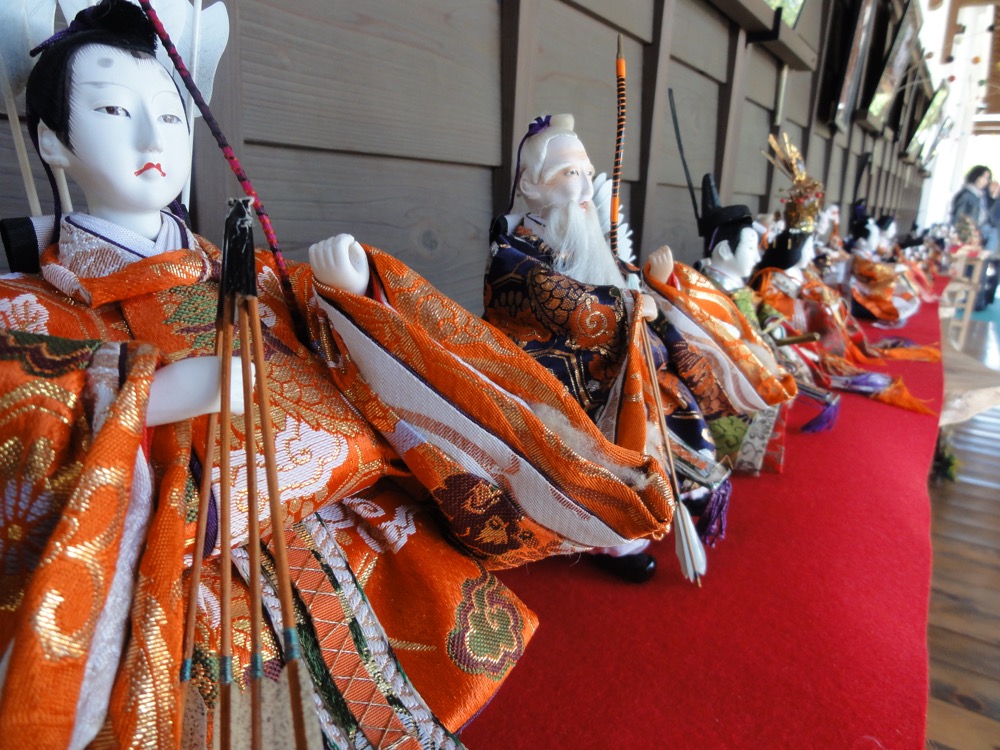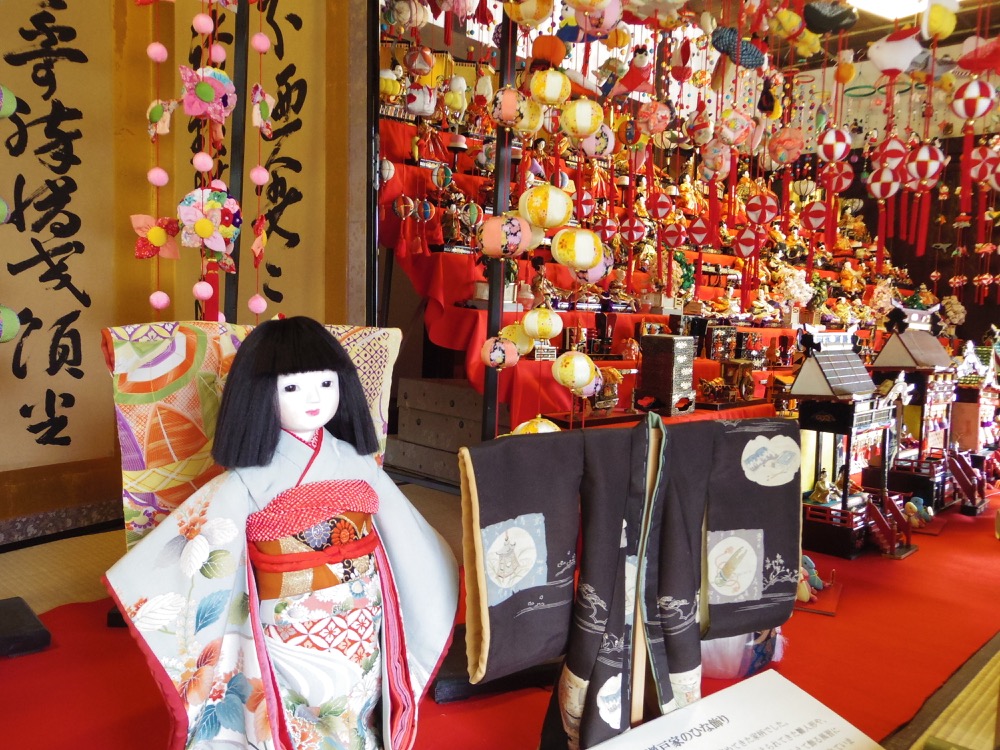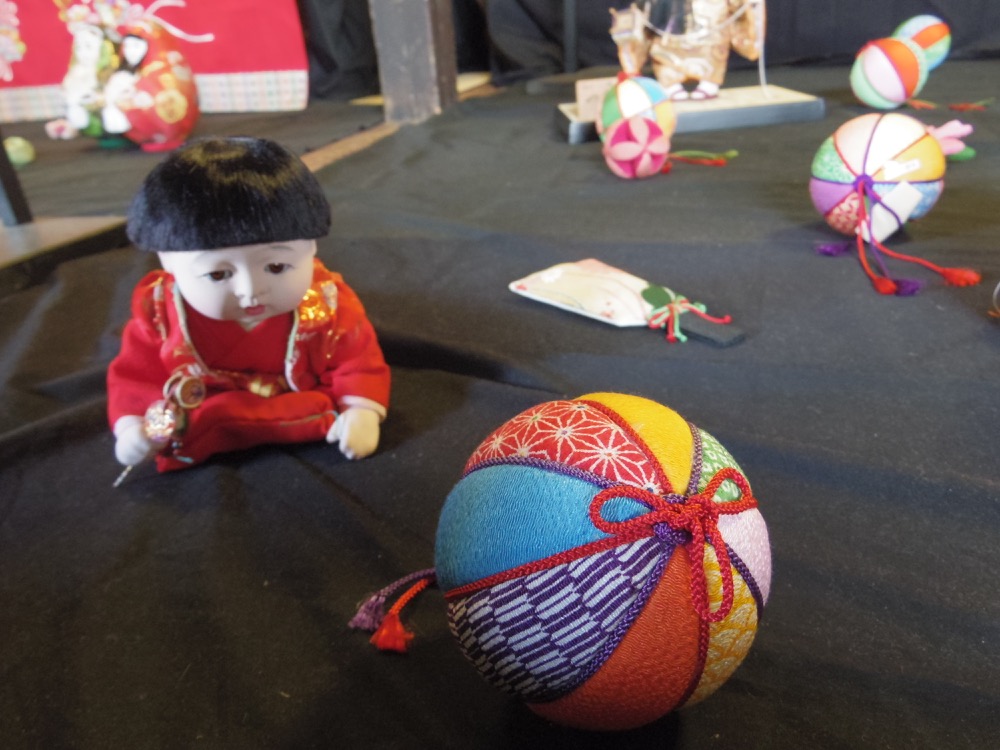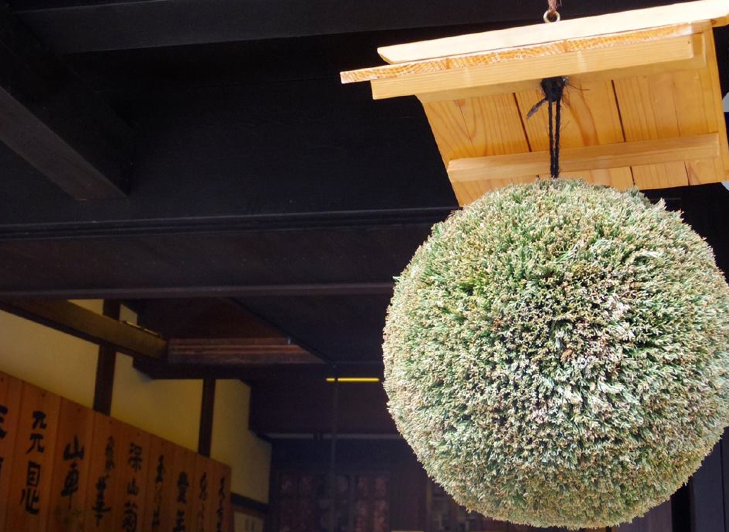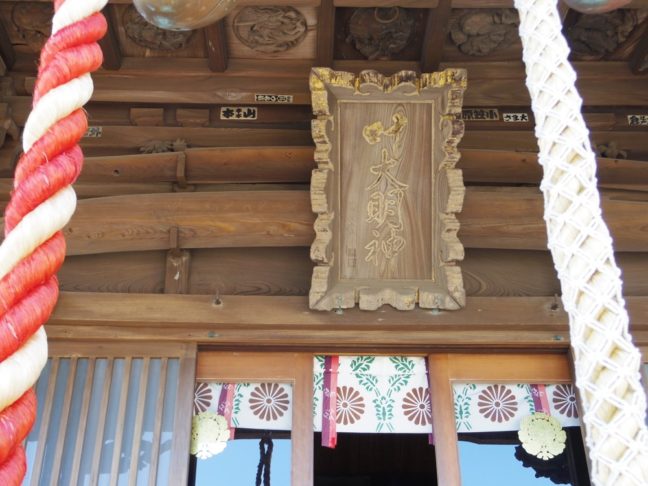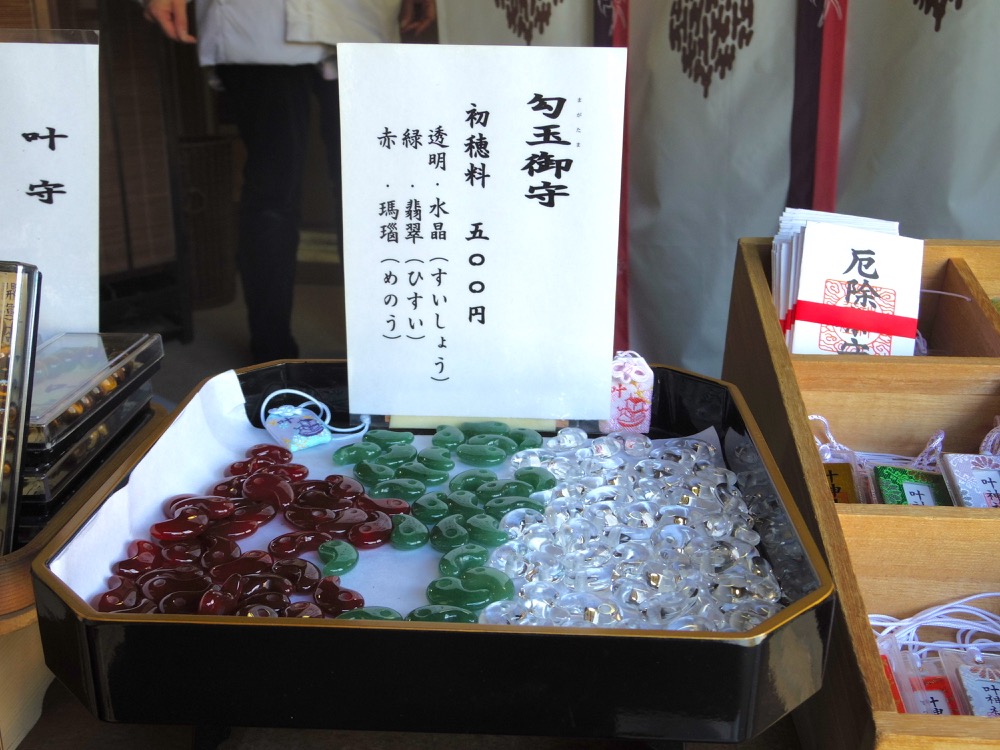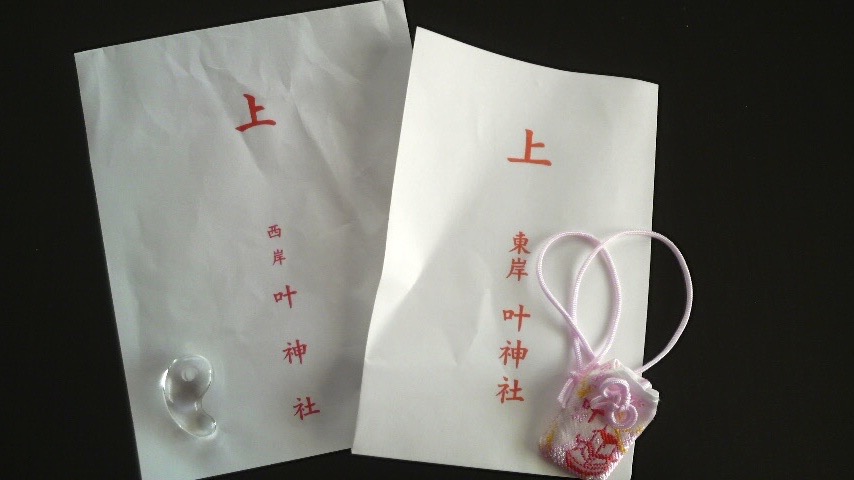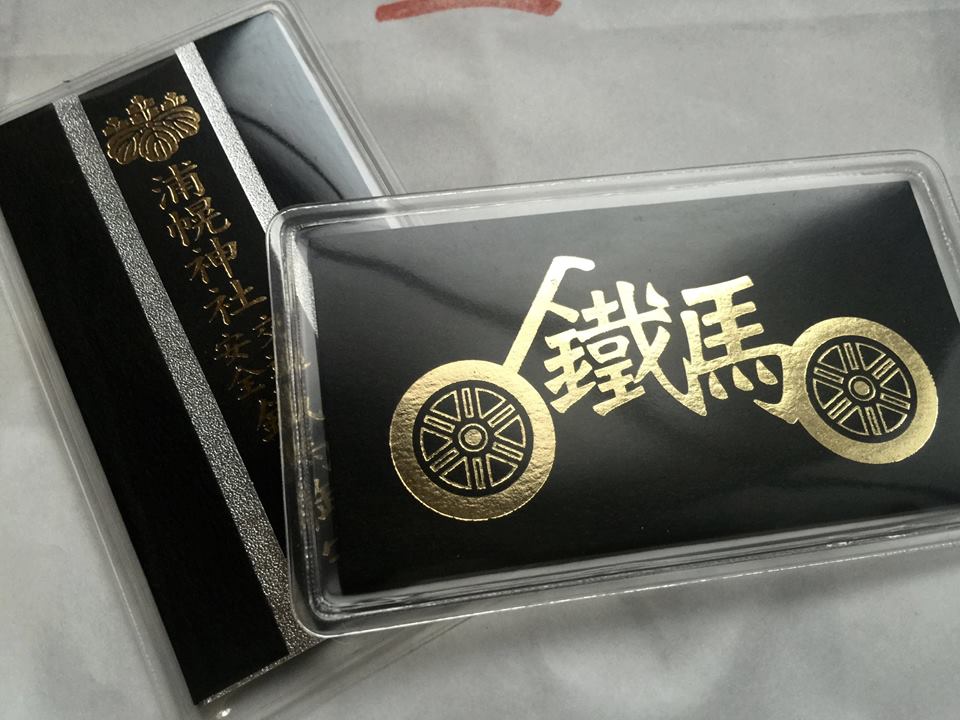Wagashi is a traditional Japanese confectionery.
It contains red bean, kidney beans, glutinous rice, powdered rice,
sweet potatoes, sesame, agar-agar and sugar.
It originally referred to fruits and nuts.
Influenced by the introduction of tea,the creation of Wagashi took off during the Edo period in Japan. Nowadays there are so many kinds of Wagashi loved in Japan.
Namagashi is served during the Japanese tea ceremony,
Yokan,one of the oldest Wagashi,is a solid block of Anko
sweet beans,hardened with agar and additional sugar,
Dango is a dumpling and sweet made from mochiko and
Dorayaki is a mini pancakes filled with sweet bean paste…more and more…
Wagashi is a healthy product and a wonderful Japanese food culture.
Try the wonderful Japanese food culture with a cup of green tea.
Wonderful Wagashi
